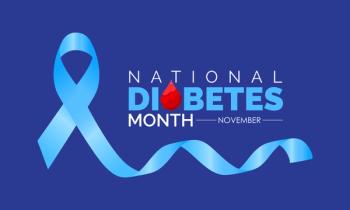
Who Is the Best Person to Ask About Scholarships?
Almost 14% of pharmacy school graduates leave with no debt, the rest average over $160,000.
A previous Pharmacy Times article focuses on graduate and
It’s a question you never ask your fellow students. But, did someone in your class, with the same grades and entrance scores, get a better deal going in to pharmacy school? I went looking for the best advice on scholarship because I have 3 daughters going to college in the same year! One name kept popping up. I asked her to come on the Pharmacy Future Leaders to share what she knows about getting you scholarships. Here’s a perma-link to the full episode on the
Jocelyn Paonita, founded “The Scholarship System”, a 6-step process to help families pay for college and avoid student loans. She says she’s helped families pick up more than $805,350 in scholarships. I have no financial interest in her program; I’m just sharing her advice in print for those that prefer to read than listen.
Here’s a summary of her 5 best tips.
1. Who gets scholarships?
Jocelyn says that it is a misconception of both students and parents that scholarships always go to people with perfect grades and test scores. She says there are many scholarships not solely focused on the GPA. At my community college we give out a hundreds of scholarships where the breakdown is 25% need, 25% GPA, and 50% essay. She says involvement and a great story can make up for a lower GPA.
2. What about first year student scholarships?
Because many people say they’re going to be health professionals, and find the road difficult and move on, Jocelyn said that some scholarships want the student be a sophomore. She tells the story of a student whose parents had a good income. The student surprised herself by earning the scholarship anyway. An acceptance or rejection may come from college year rather than credentials.
3. Where should you apply?
Jocelyn says it’s worth it to go into the financial aid office to ask about scholarships and negotiate. You may not get a free ride, but colleges may budge. She has some step-by-steps on her blog at
4. When is the best scholarship season?
Jocelyn breaks down the scholarship year into seasons. She says the best time to start for a high school student is fall junior year and that you have to start early. If a scholarship needs a certain extracurricular involvement, they still have time to get that experience. As seniors, it’s especially difficult to do scholarships and applications in the same semester. This season has unprepared students busy with admissions applications. Competition dwindles. She breaks her scholarship seasons up this way:
Fall - August through Christmas break
Spring - January through May
Summer — June through August
The major deadline months include October, December, January, and April.
5. Why would children get interested in scholarship hunting?
Some of my pharmacy school classmates have kids in college or going soon. Jocelyn tells a story of her mentor that pays her kids, at 11 and 13 years old, to fill out scholarship applications. She talks about scholarship hunting as a learnable skill. By their junior and senior year in high school, they were scholarship veterans. Jocelyn also recommends carving out specific scholarship application times. This avoids nagging and resentment. Instead, it’s a bonding opportunity and shared victories.
With these 5 tips, hopefully you’ll find that applying is a little bit easier.
Newsletter
Stay informed on drug updates, treatment guidelines, and pharmacy practice trends—subscribe to Pharmacy Times for weekly clinical insights.


















































































































































































































